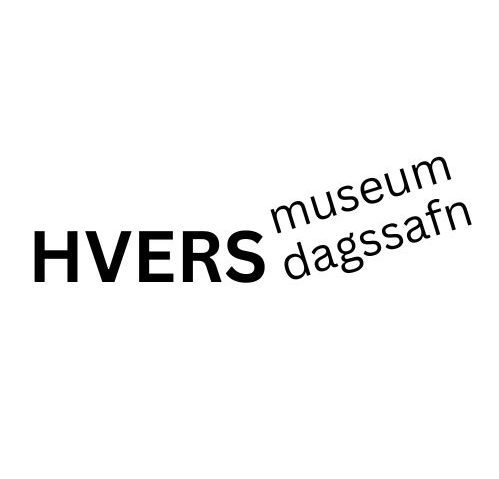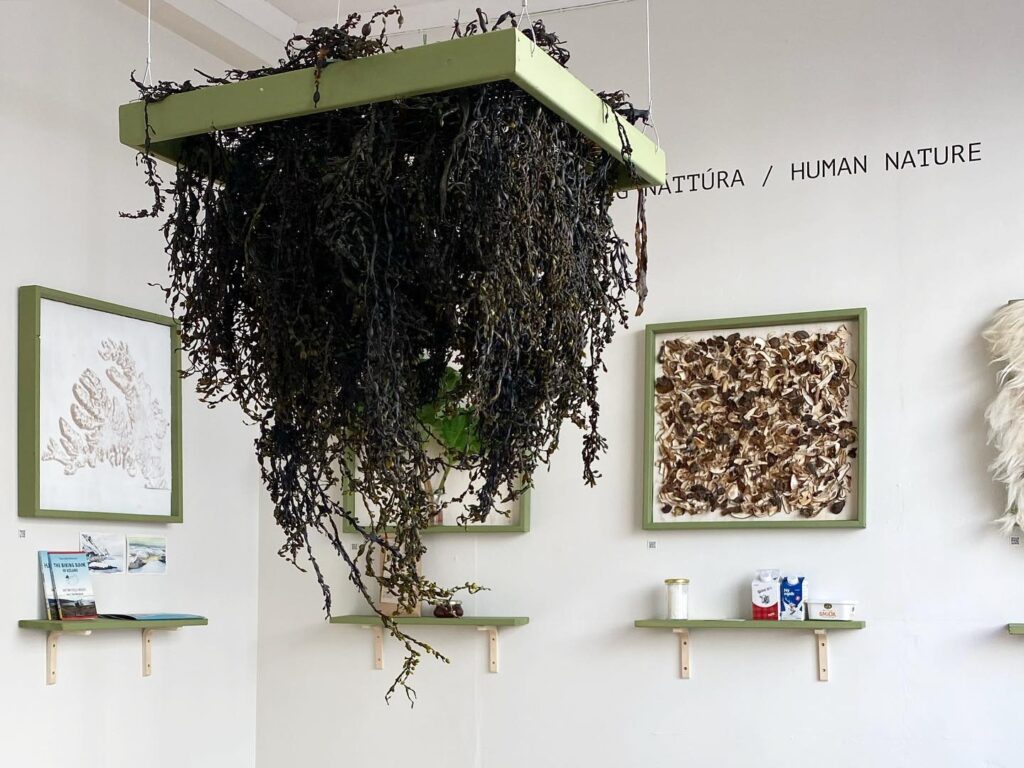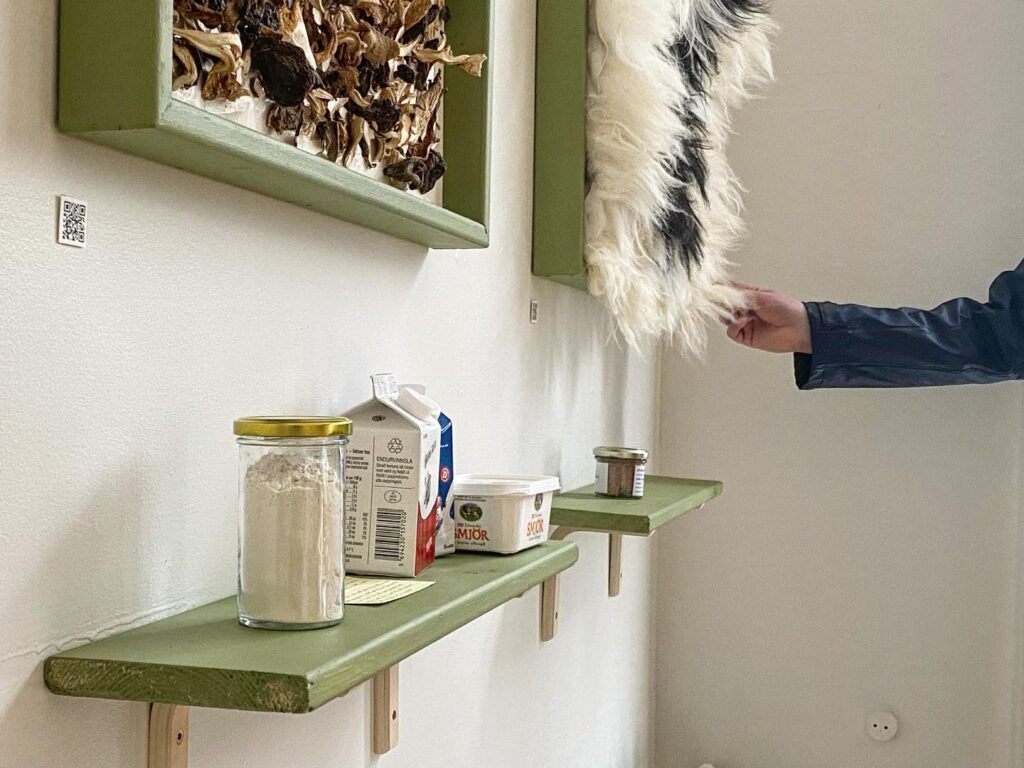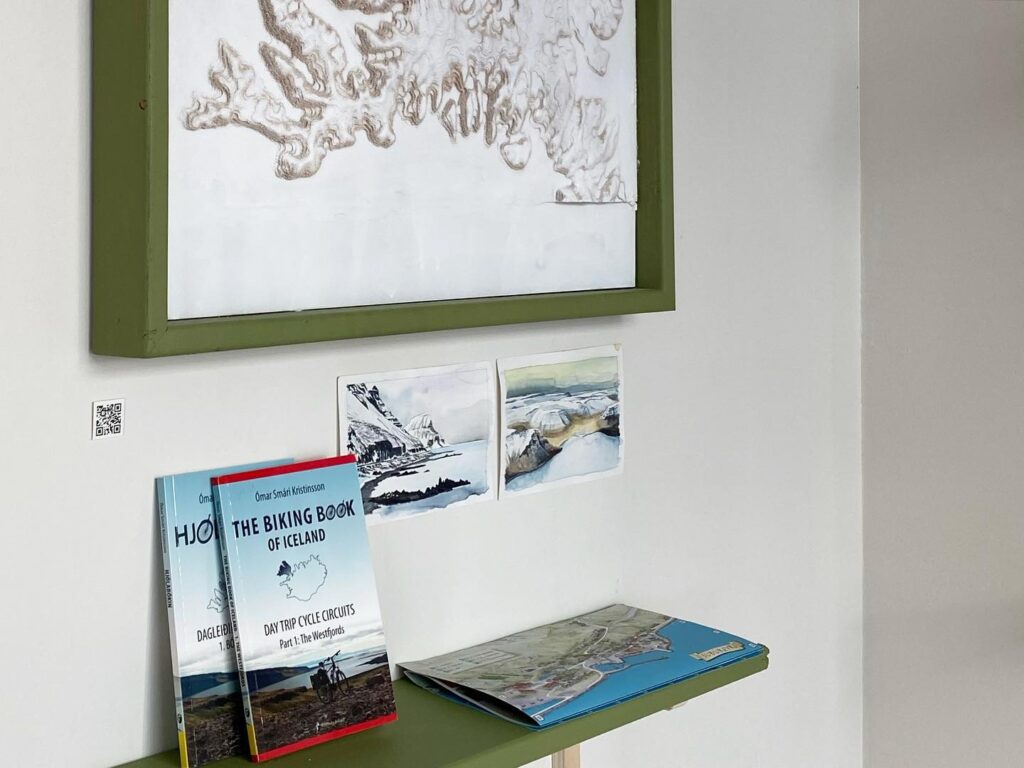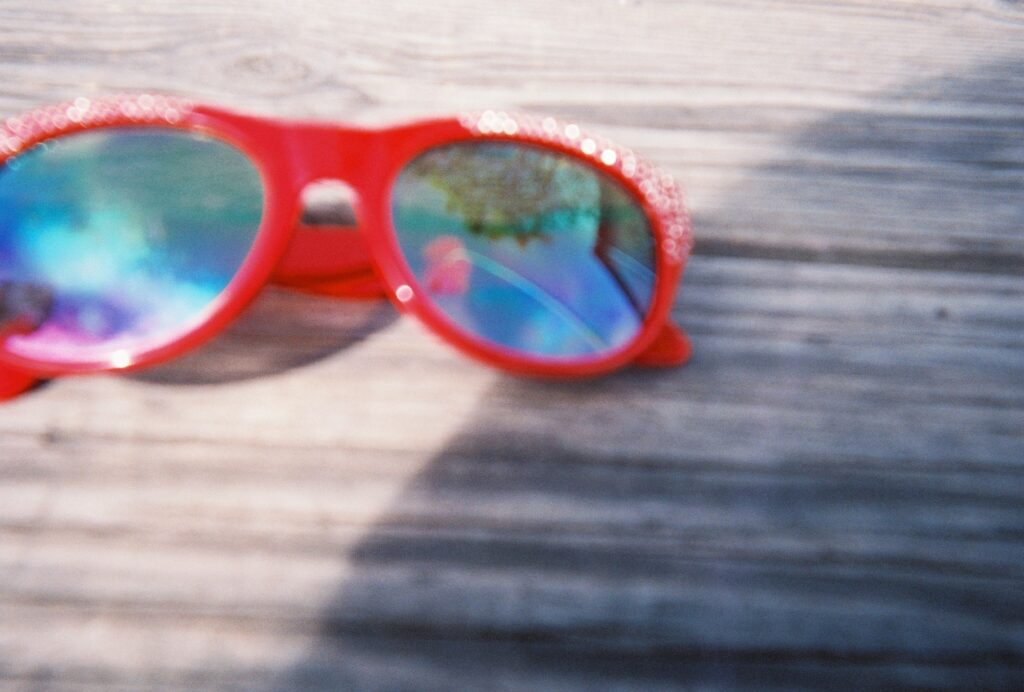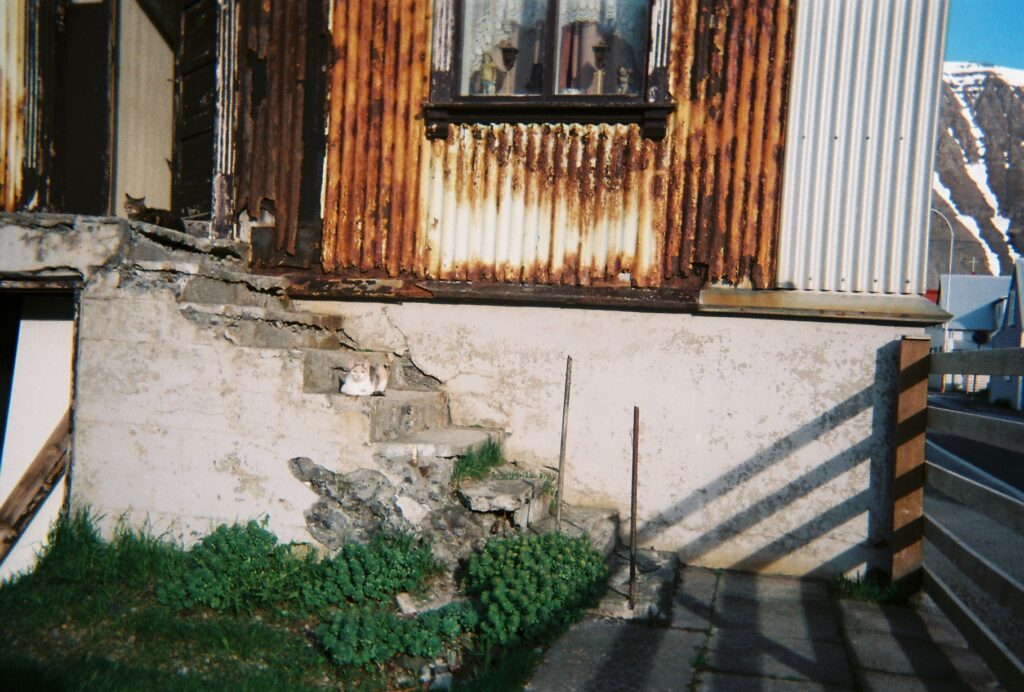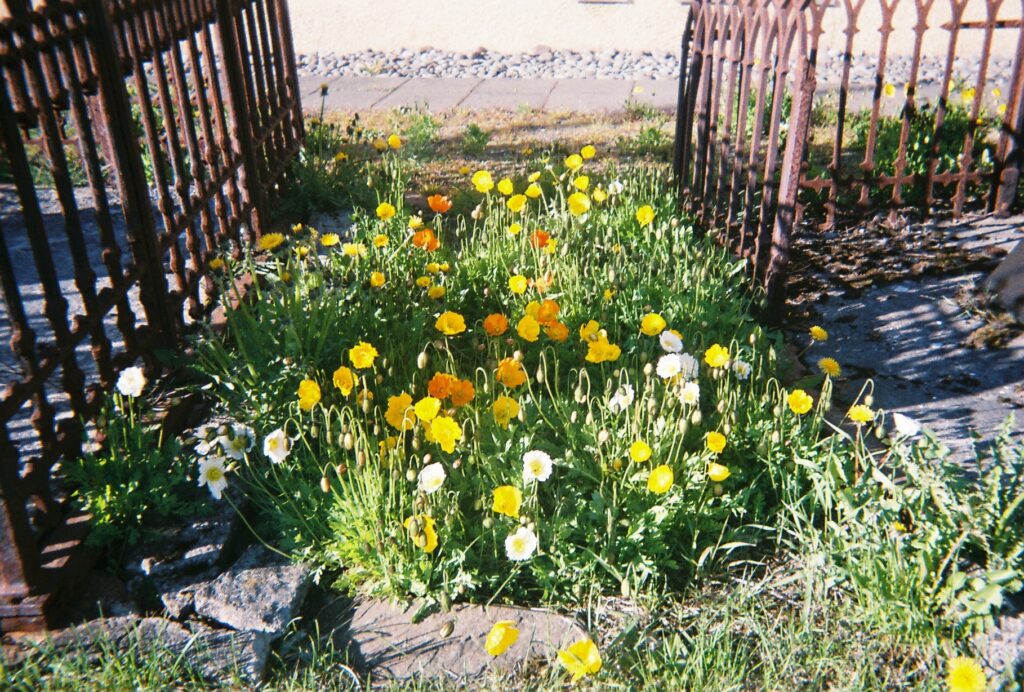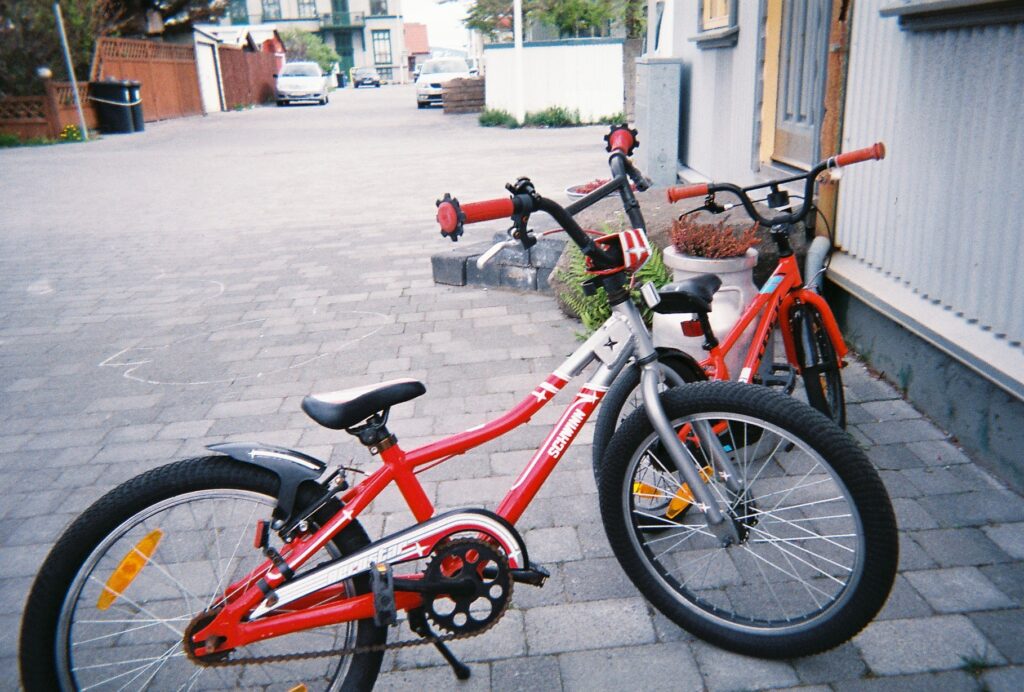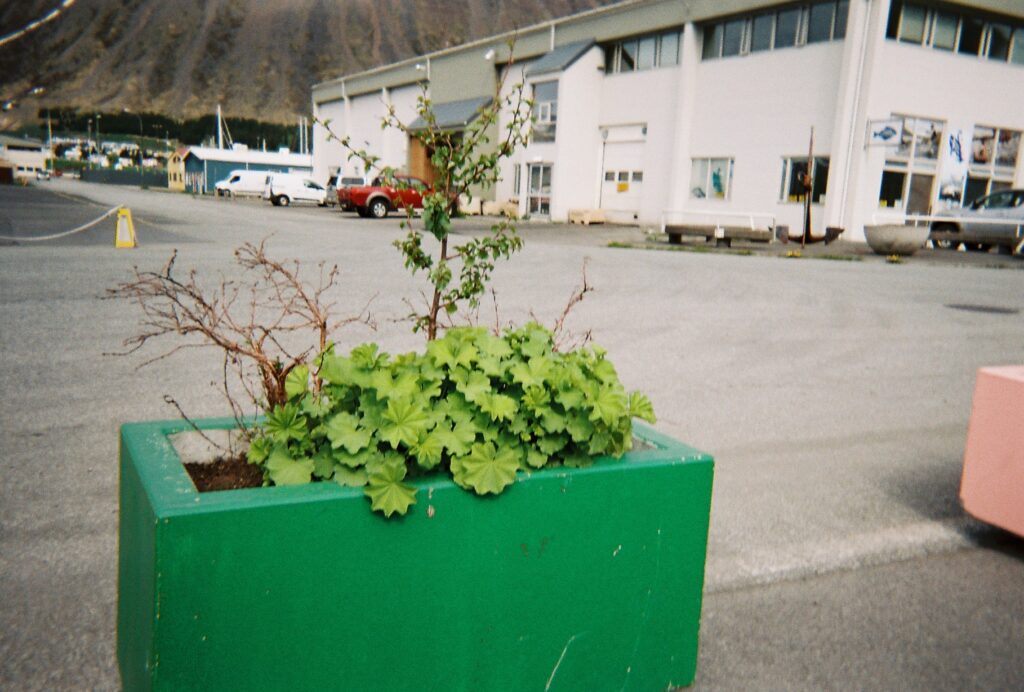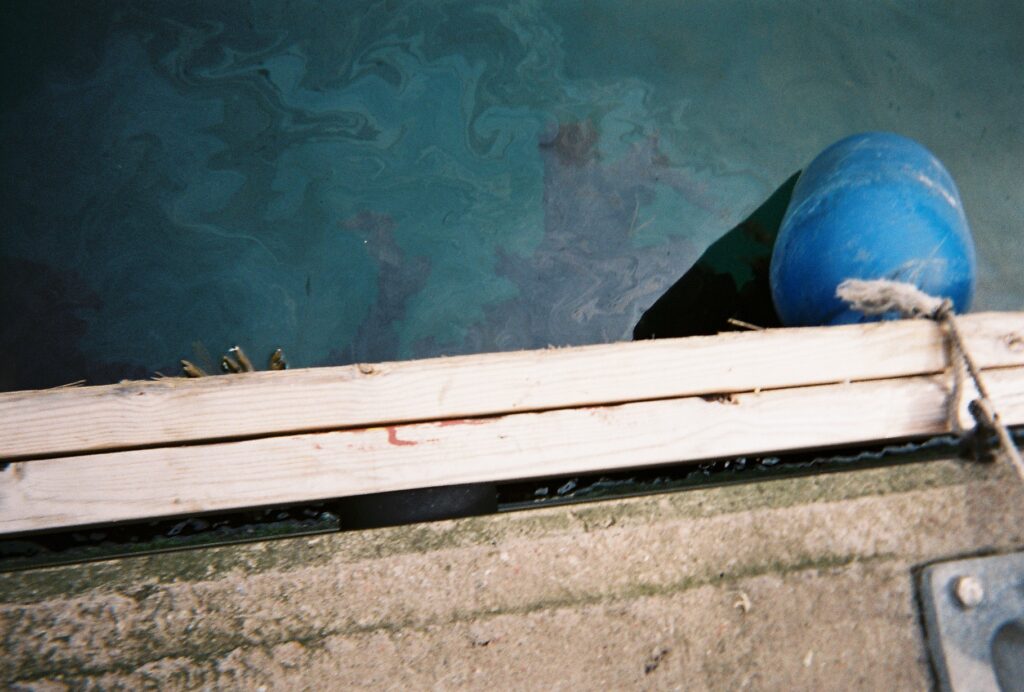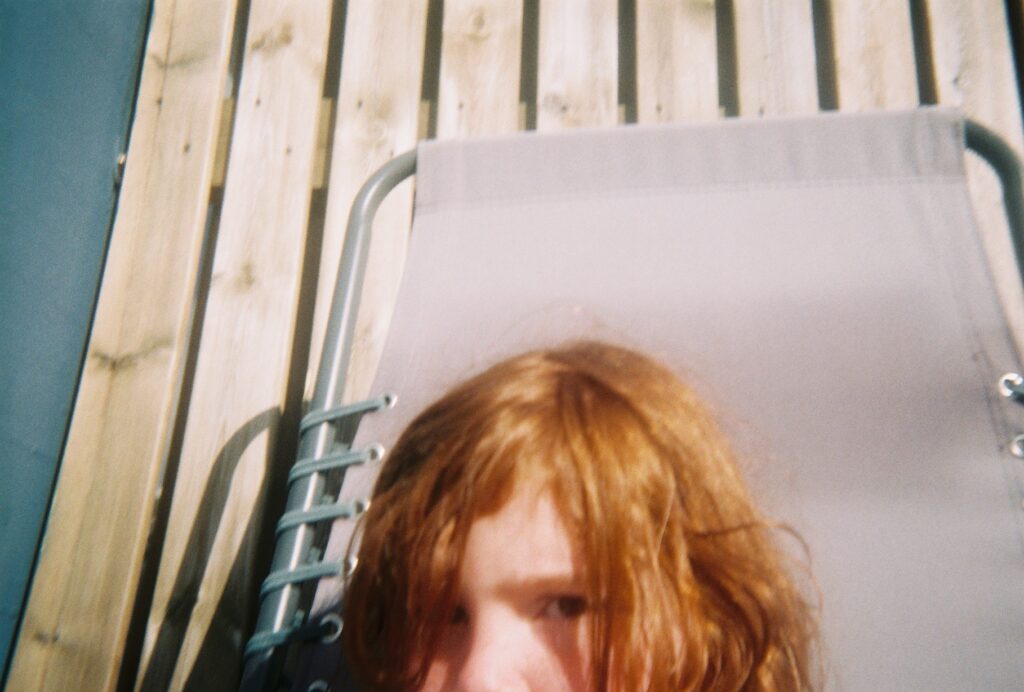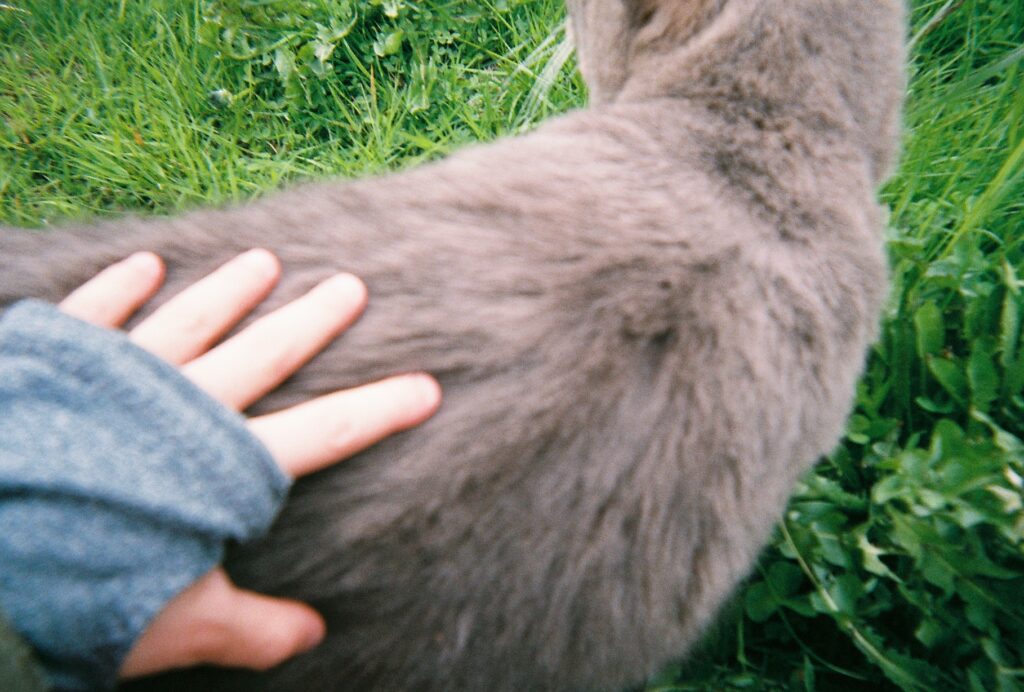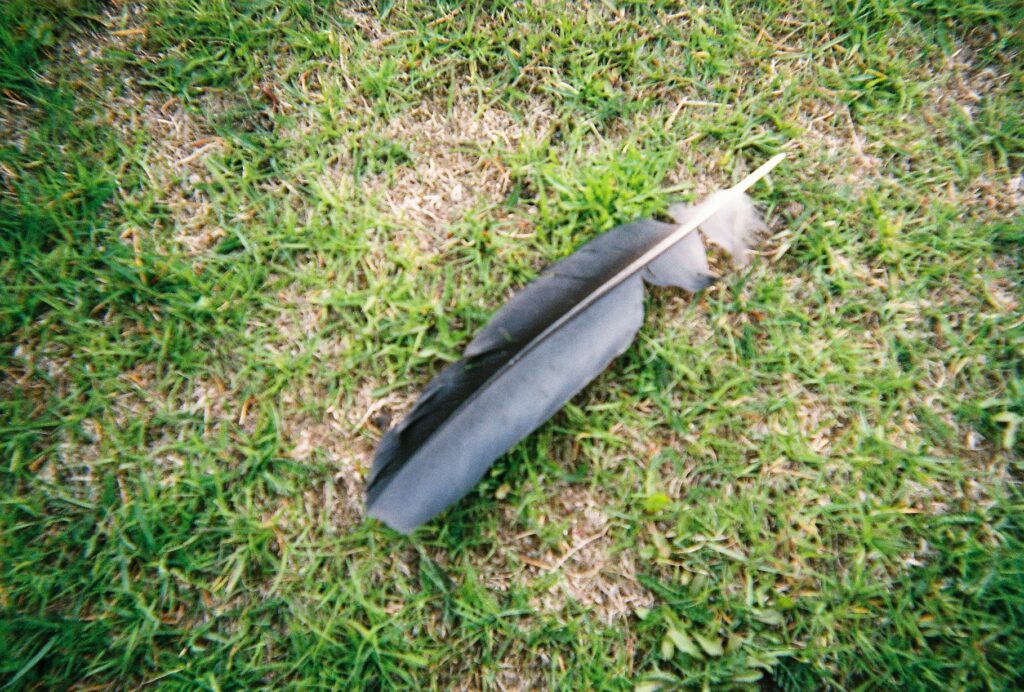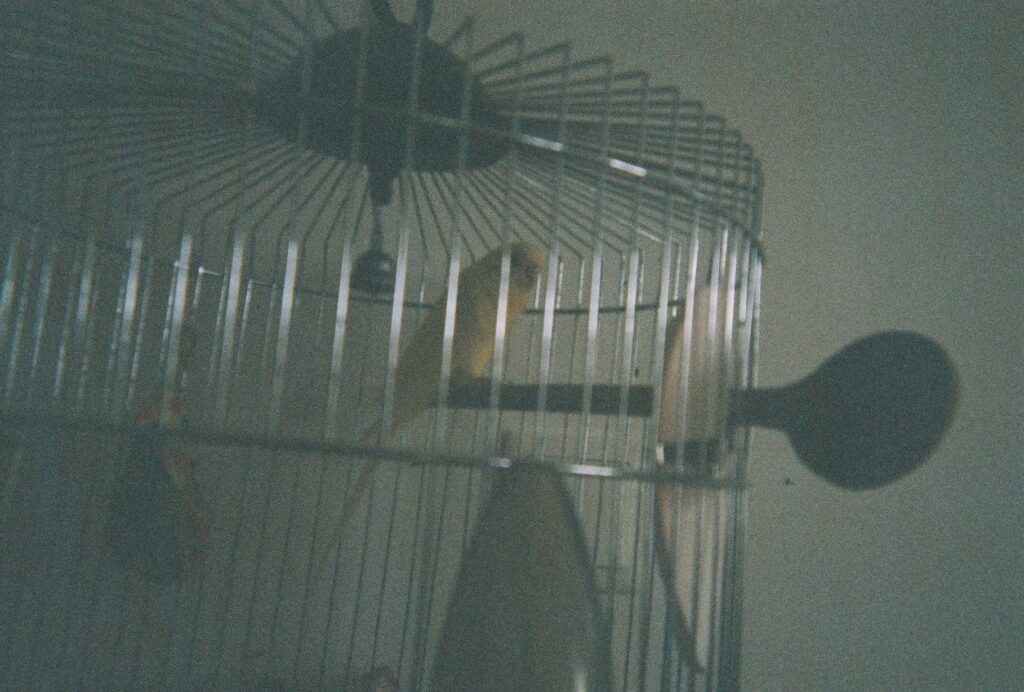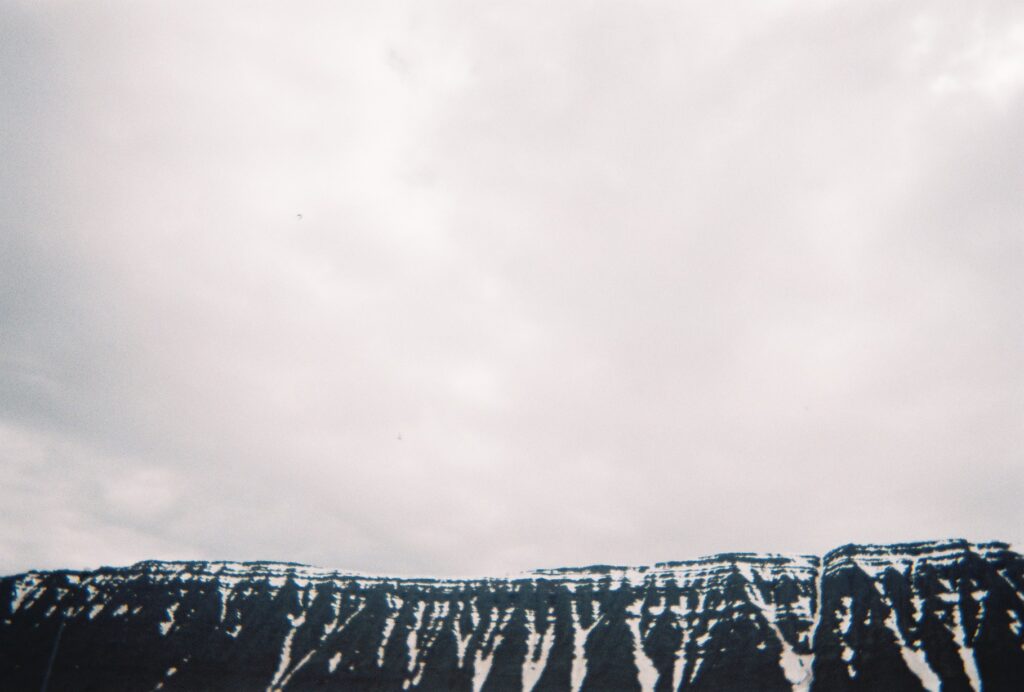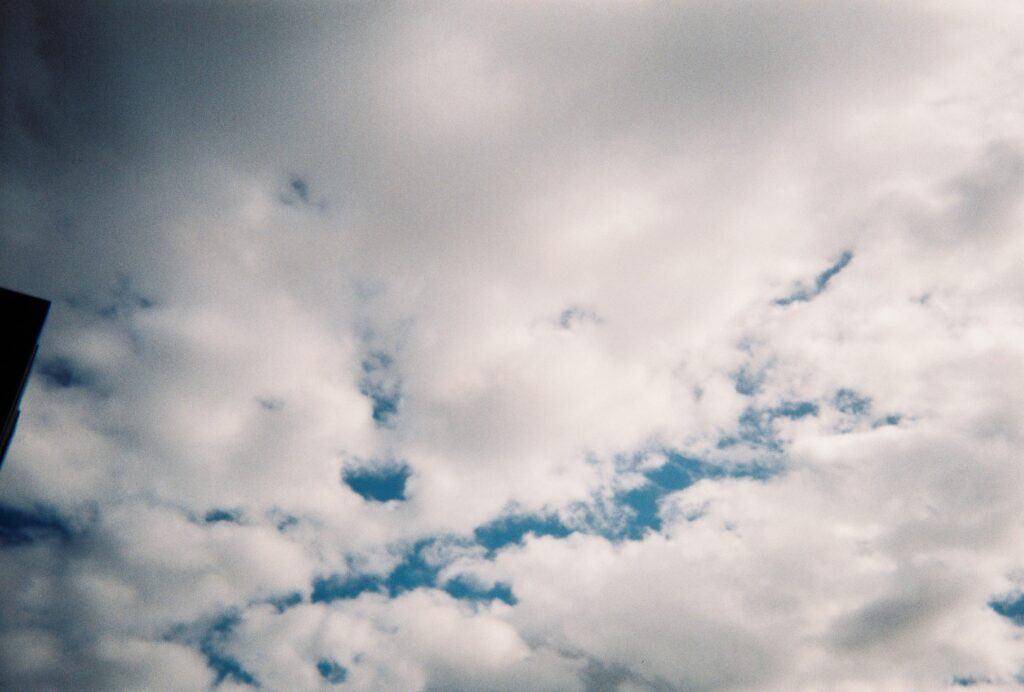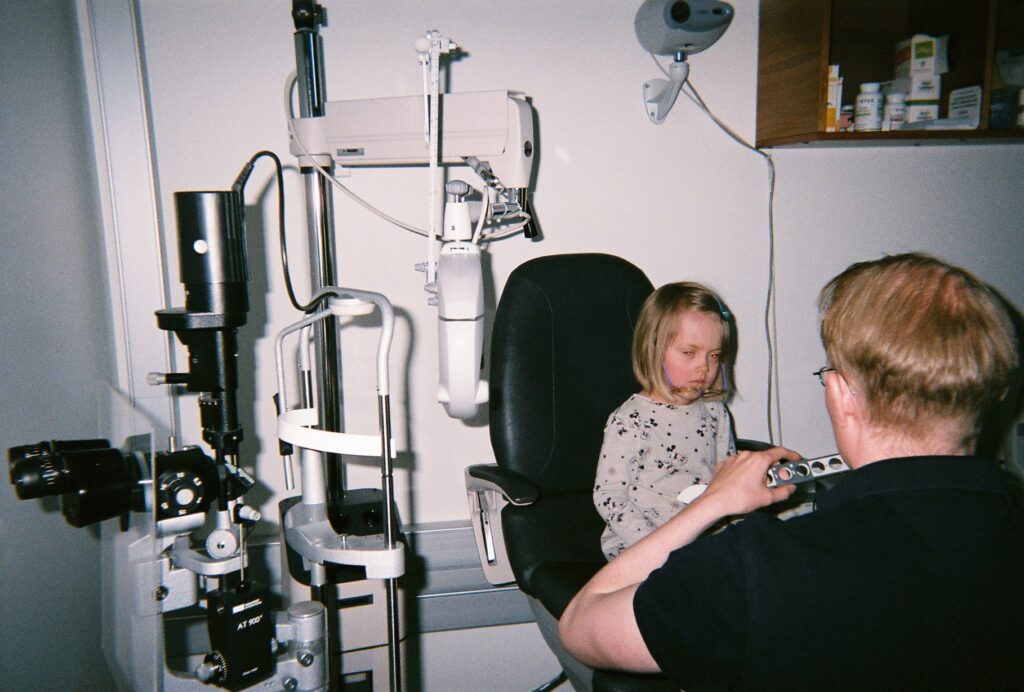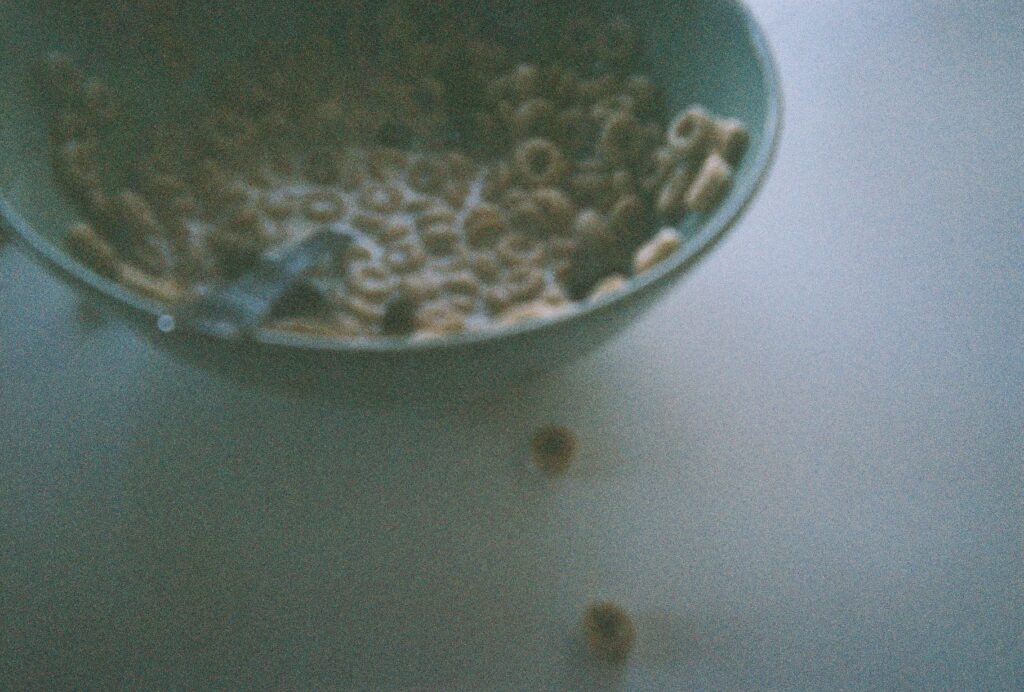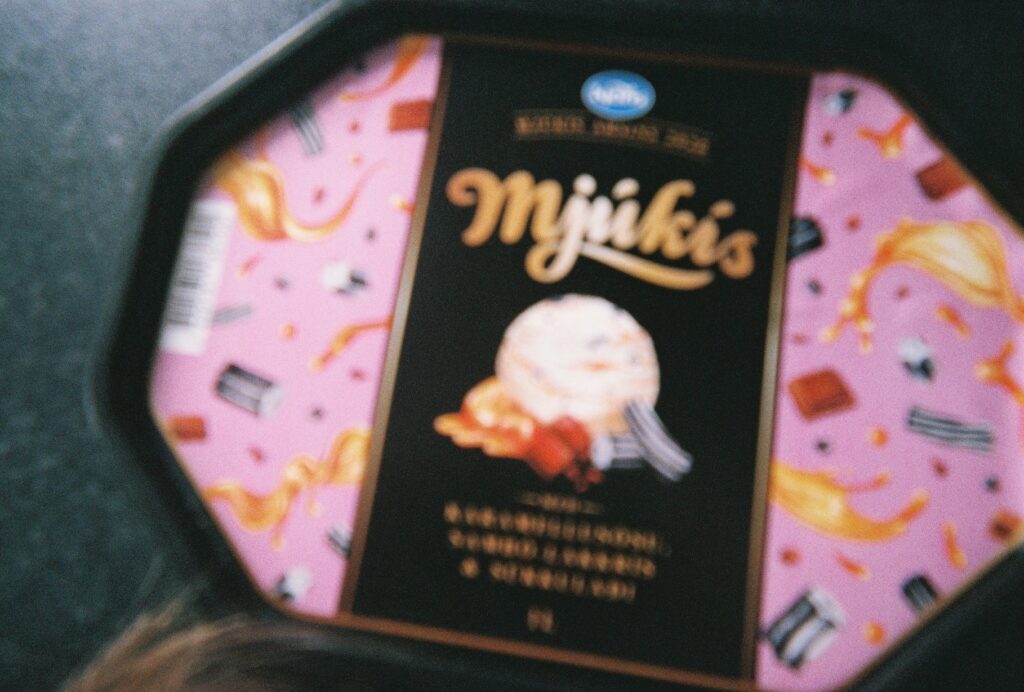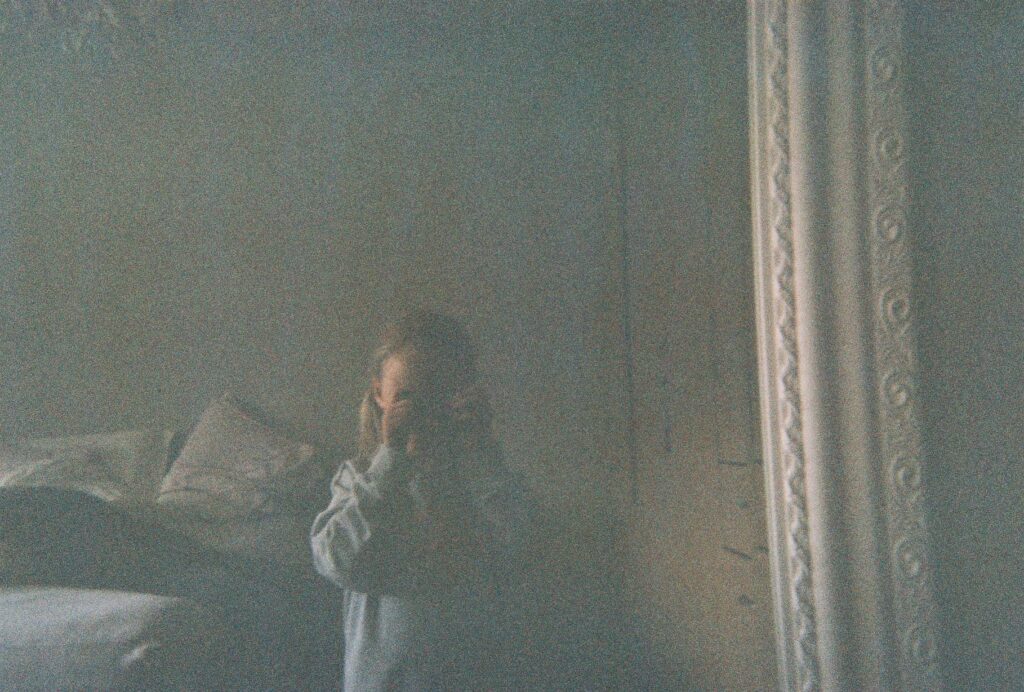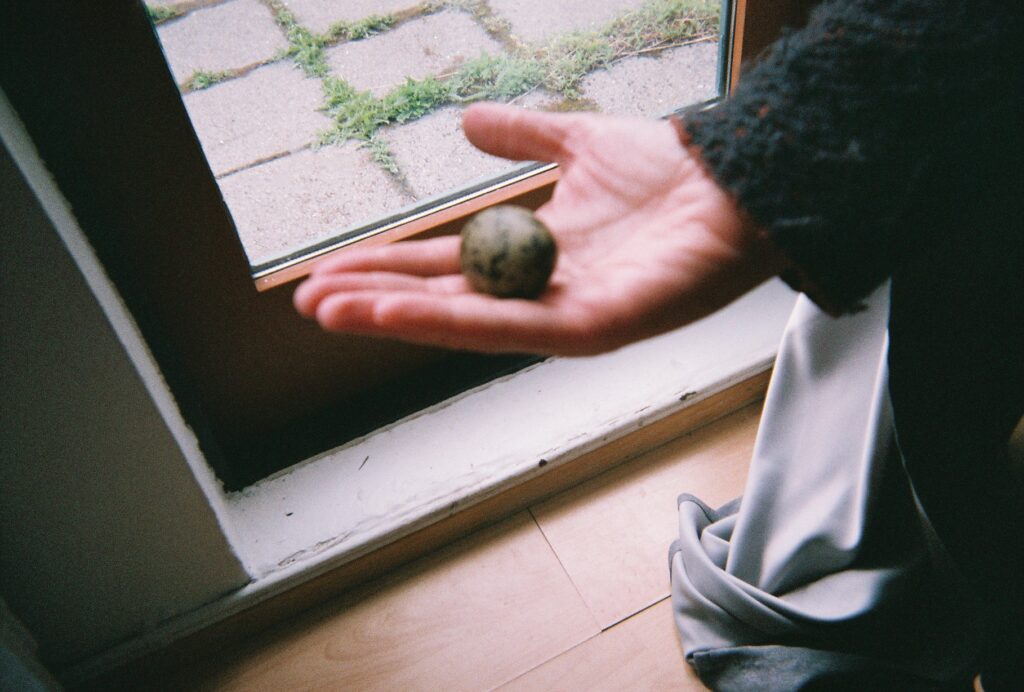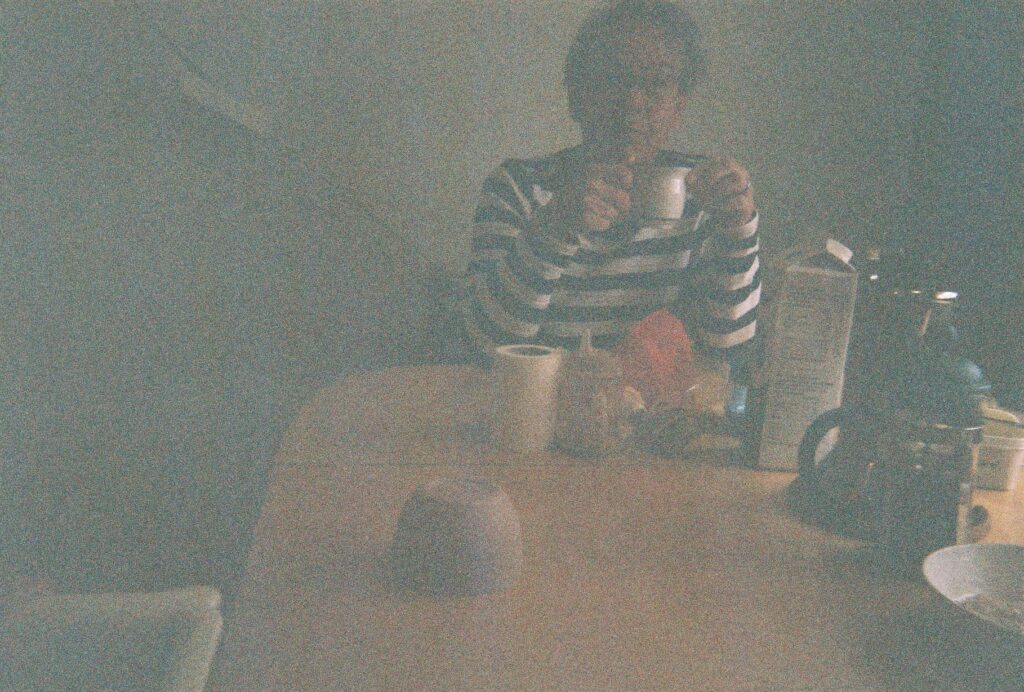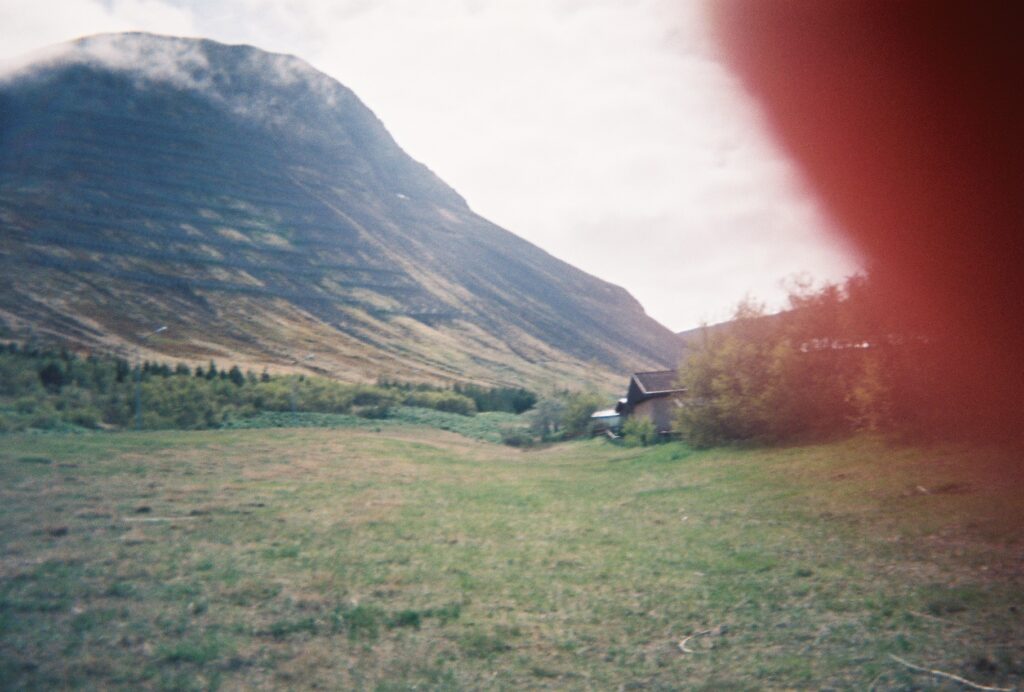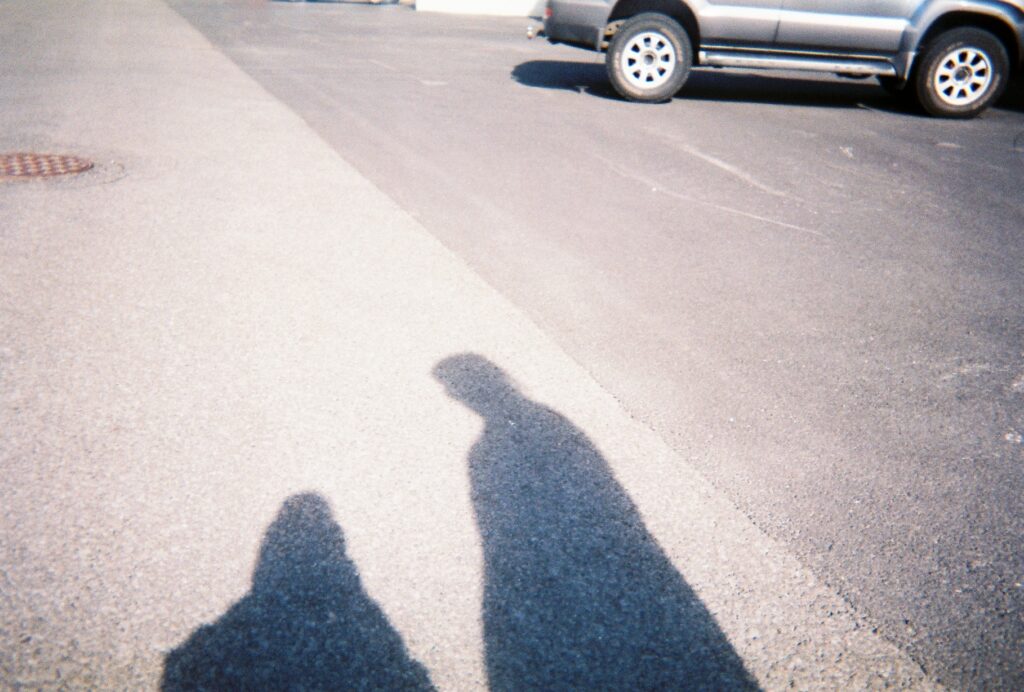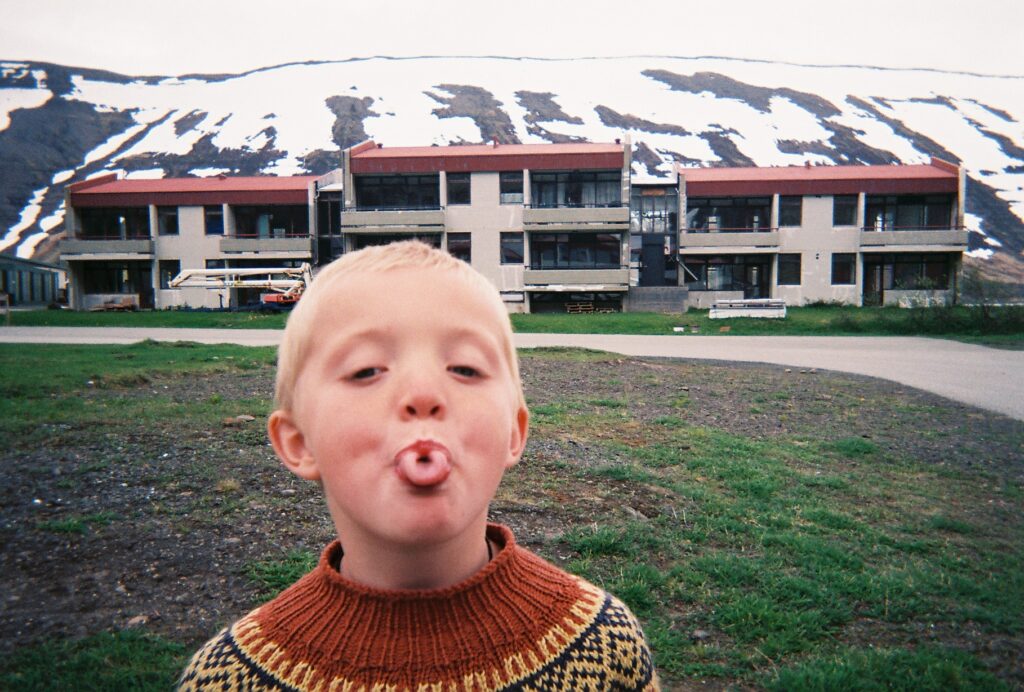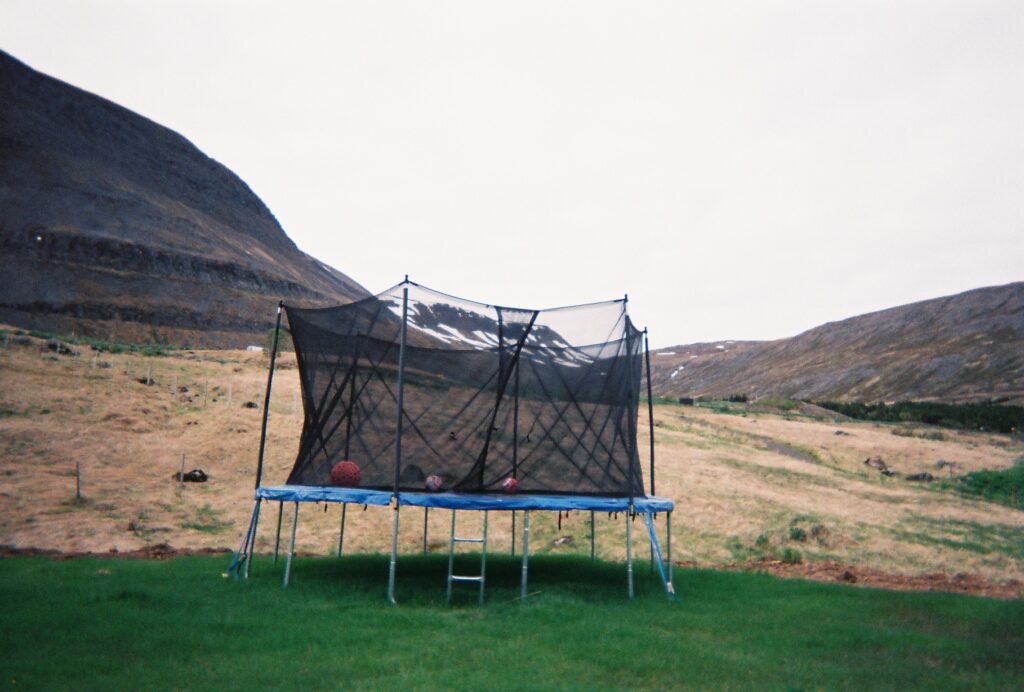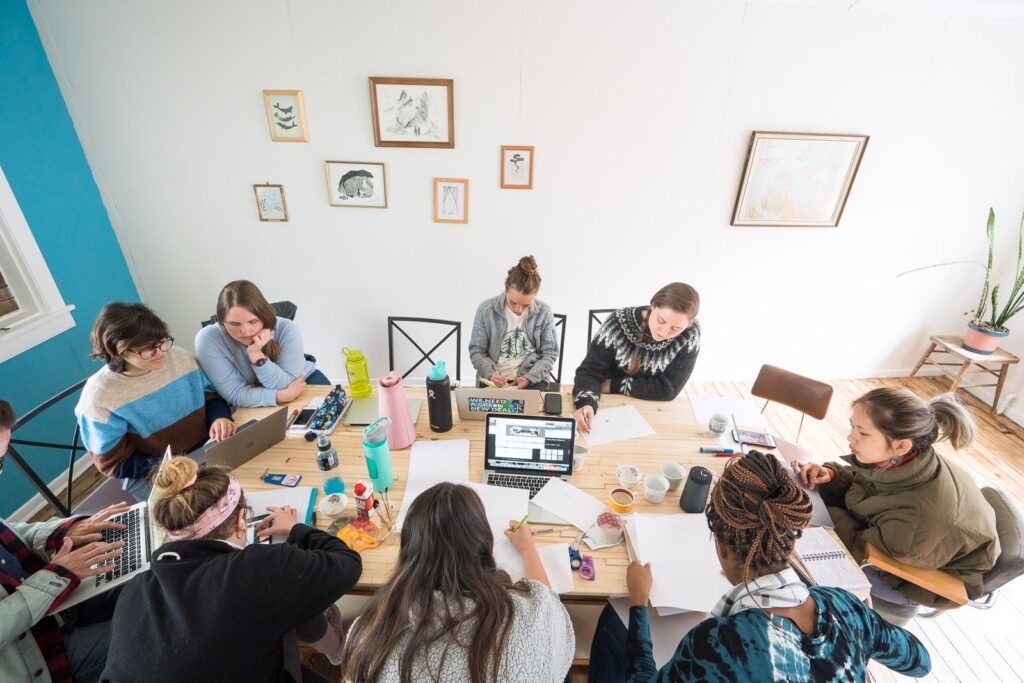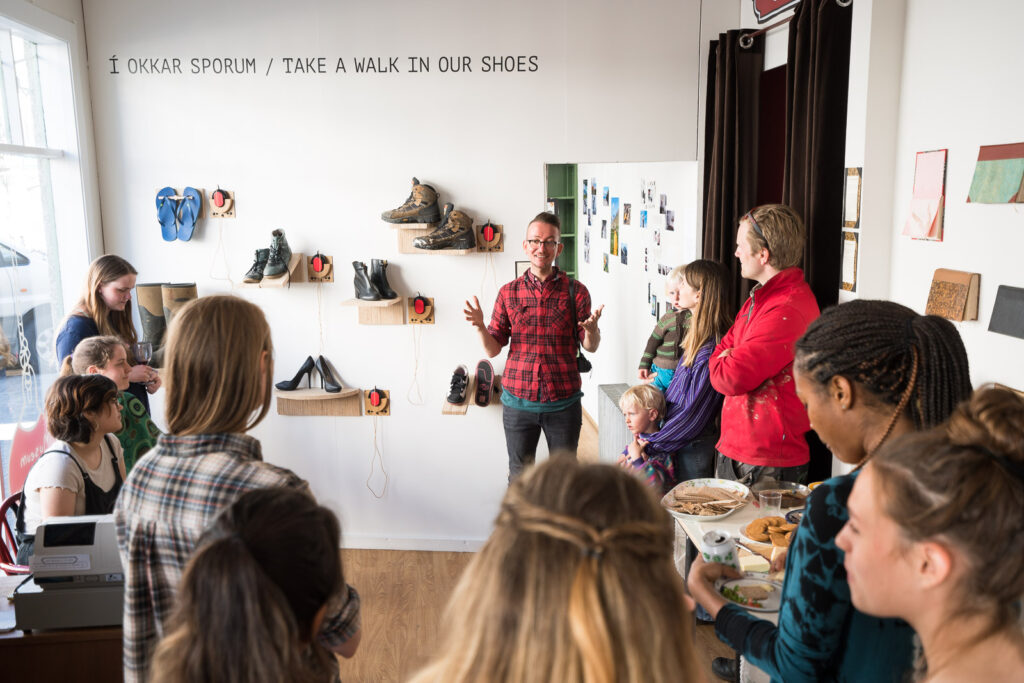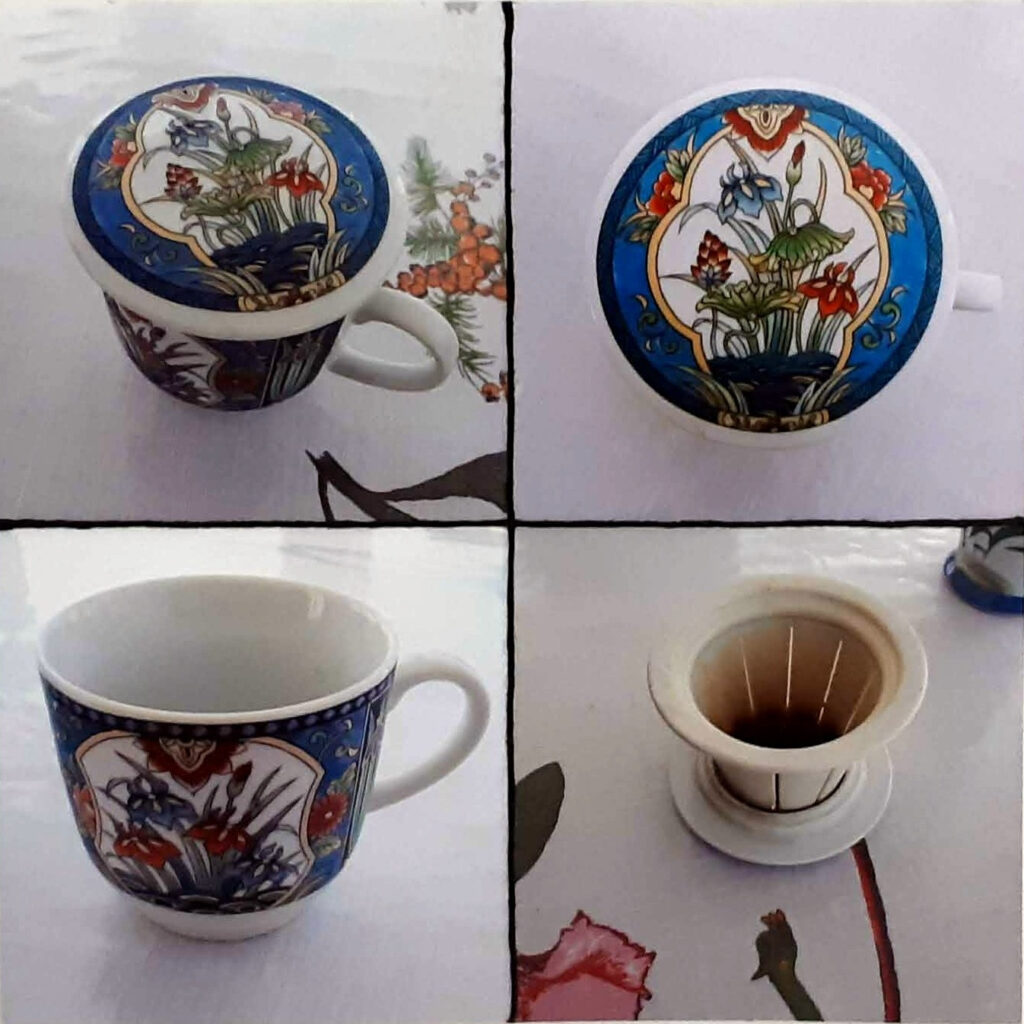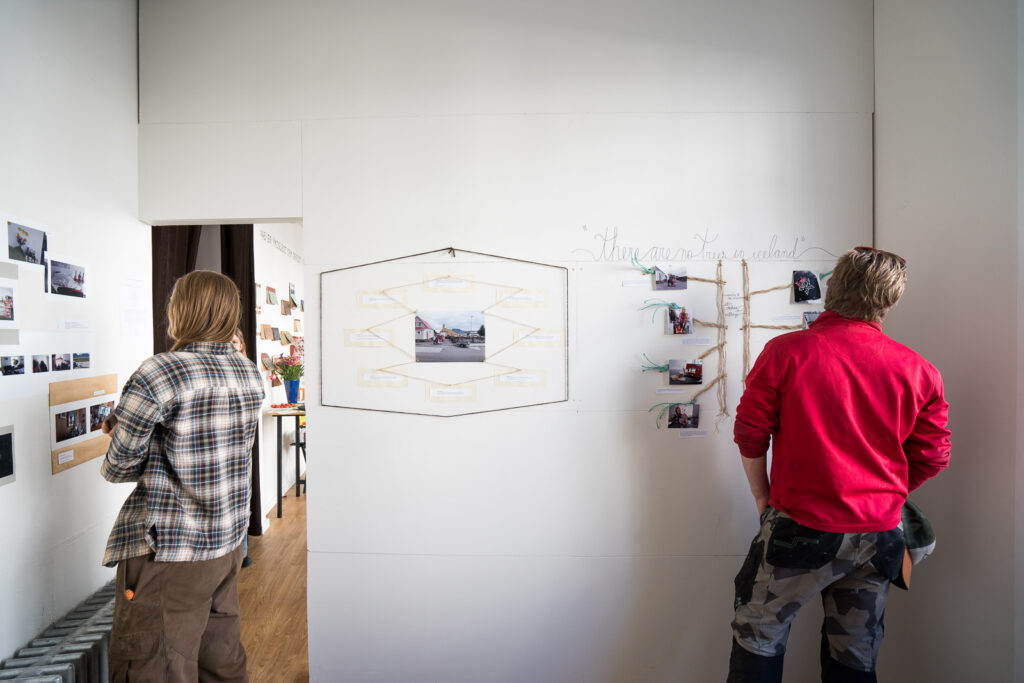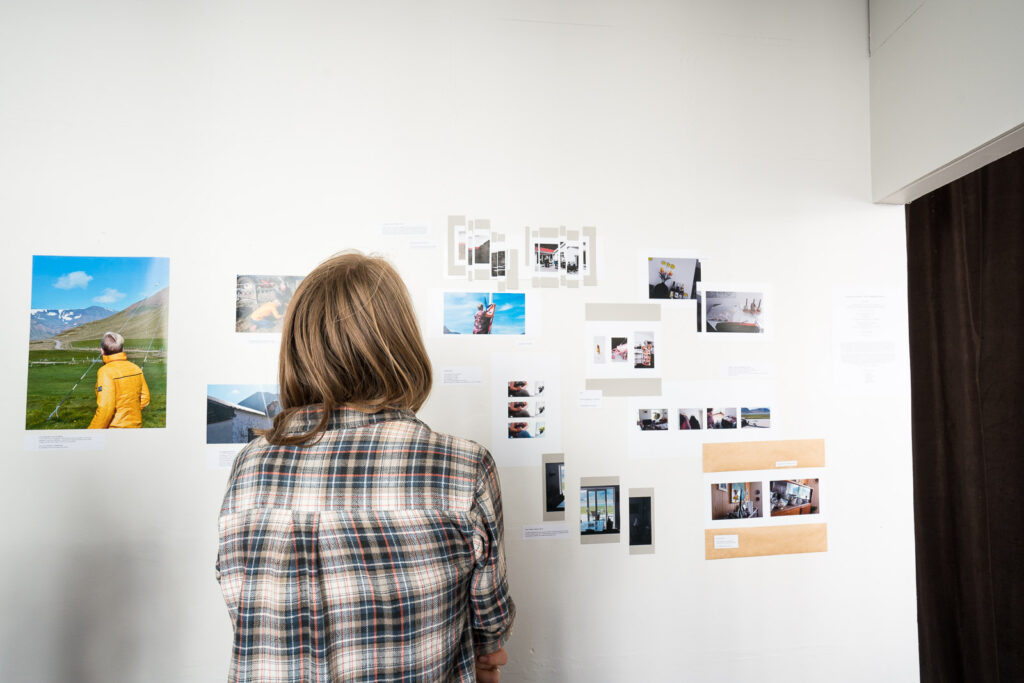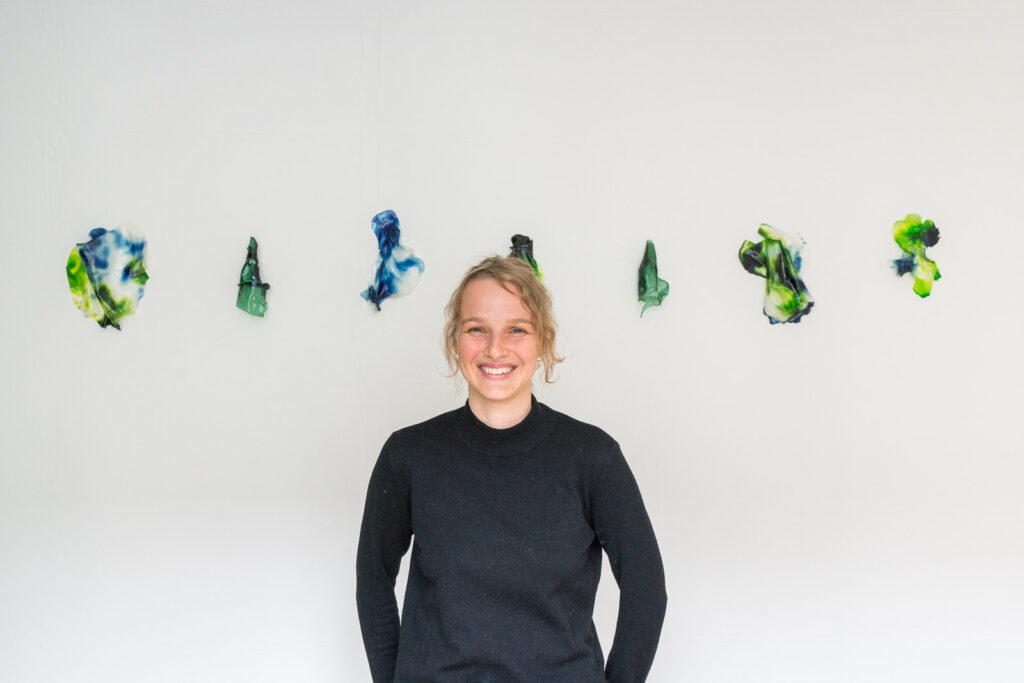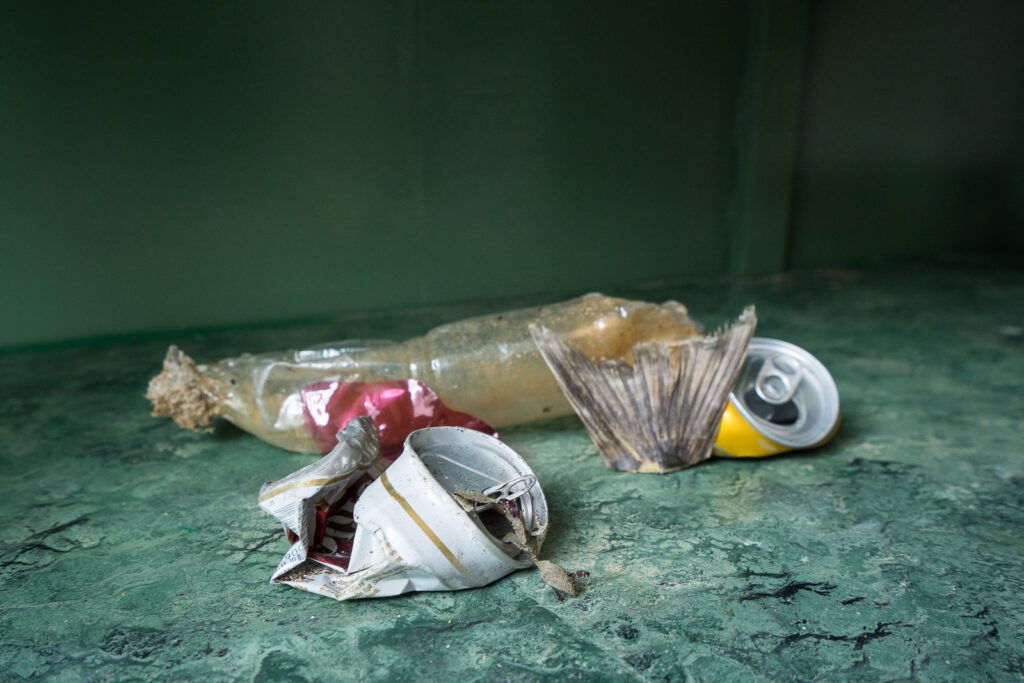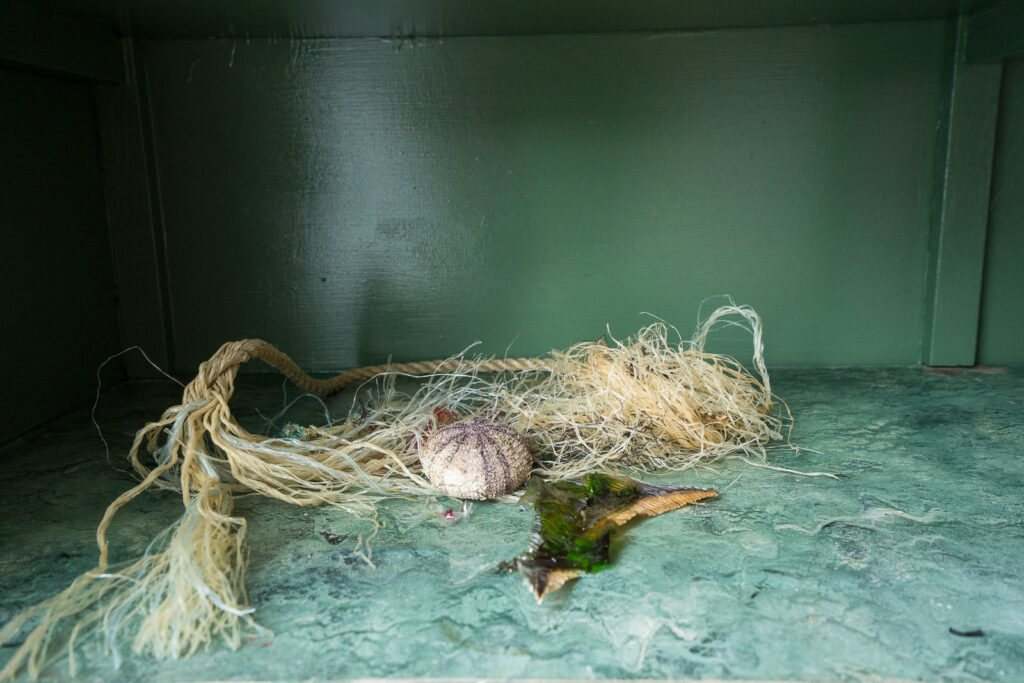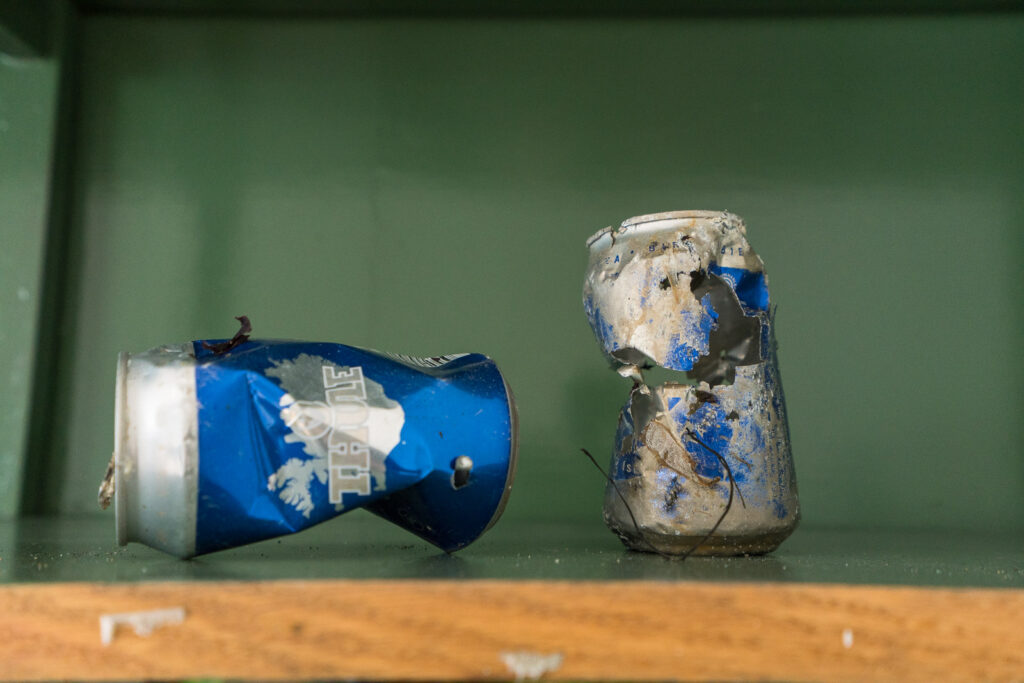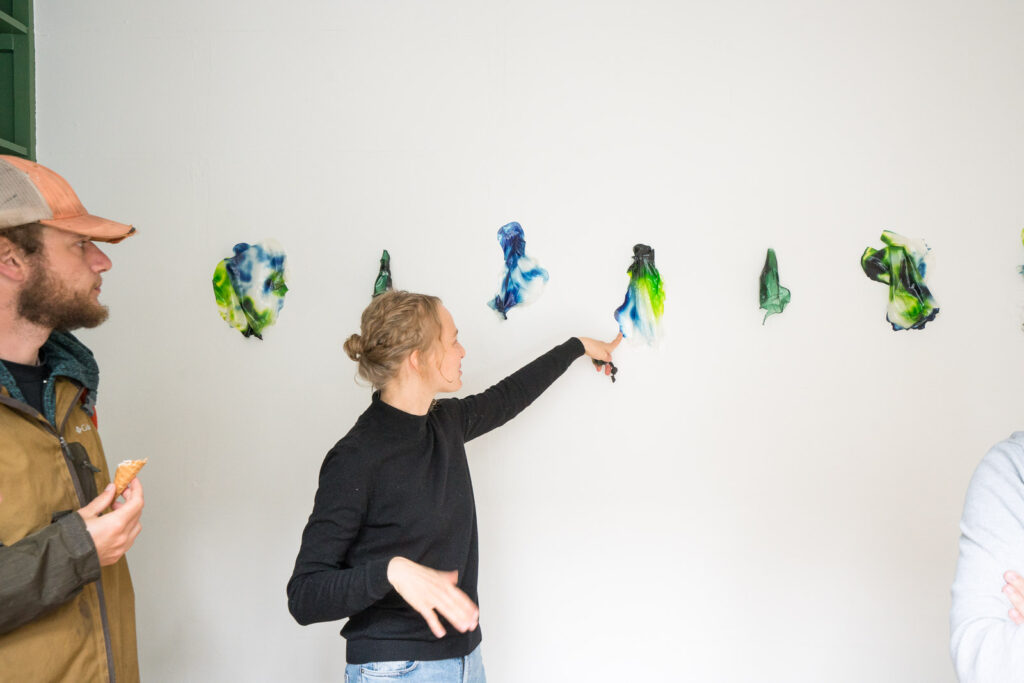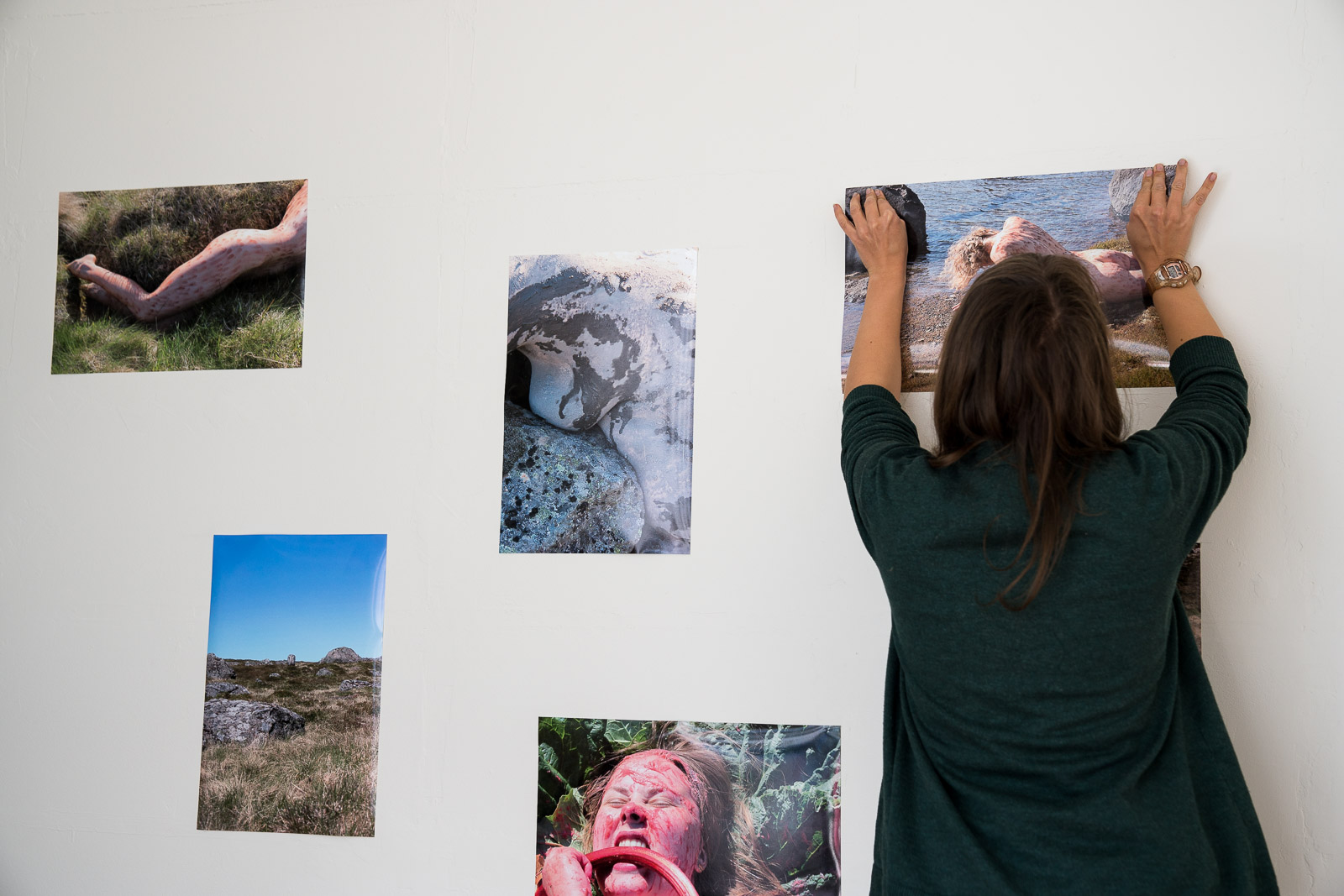Human nature
A multi-sensory exhibition by Jame Lee that tells six stories of daily lives in nature in the Westfjords region, Iceland: the seasons of sheep farming, a grandmother picking mushrooms and tending to a geothermal garden to make meals for her family, baking traditional cakes from the ruby red rhubarbs growing wild in the most remote fjord, harvesting seaweed by hand to make fertilisers, creating conversations with water and colour movements and an artist’s travels in the least visited landscapes by bicycling. The exhibition has ended, but stories live on Jamie’s website: withloveiceland.com
Summer 2022
Through a
lense at a meters height
For one week, nineteen children at the age of 5 – 7 got a disposable camera with the purpose of using, but without any formal instruction other than to skip the flash when outdoors.
Created by team Hvers museum
Spring 2020
The everyday extraordinary
In June 2018 Justin Armstrong, a teacher at Welleslay Collage in Boston, brought his cultural anthropology field course to Ísafjörður as he had done for some years. When he looked outside the hotel window he noticed our museum that hadn’t been there in his previous visits. He emailed us, saying: “I teach a course called The Magic of Everyday Life! We need to meet!”
The next day we made plans to collaborate on his return the following summer. We arranged visits for eight students with local residents where they spent an afternoon to learn about the magic of everyday life in the Westfjords. It is an intimate dialouge between guest and host, visitor and local, and anthropologist and informant. As it says in the exhibition description, „it‘s where the the magic of everyday life bubbles up as the strange familiar and the familiar strange to create a truly unique cross-cultural understanding of the importance of anthropology and everyday life“
Summer 2019
Can we change the rituals of our everyday life?
What are the materials that we want to see exist in the future? What are the materials that we don‘t want to see exist any longer? And can we imagine materials for our clothing or technologies that biodegrade over time? Those are the questions Fine Brendtner asked on The World Oceans Day on the 8th of june, 2018, in her workshop on bioplastics cooking and exhibition called „Future Fossils“.
She invited participants at the workshop to set an intention for themselves concerning the issue and to pour their intention into the artefact that they were making.
“I said for example “I will loose my addiction to plastic products”. It‘s the Pacific islander’s idea of mana, that certain objects can hold intentions and power and then the power of intention potentiates in the world and creates a stronger power, so the idea was that we could do this as a ritual and just perpetuate our thoughts and individual behaviour towards this materials that we use in our everyday life and just think about them a bit more consciously”
Summer 2019
Clay. Rock. Rhubarb
The visual artist, Imogen Higgins traveled from Cardiff, Wales to Ísafjörður to work on her ideas in ArtsIceland residency for a couple of weeks. Her work consists of captivating prints made from natural ingredients from the area and photographs that capture a rather humorous and carnivalesque exploration of human connection to the natural world.
Summer 2019
